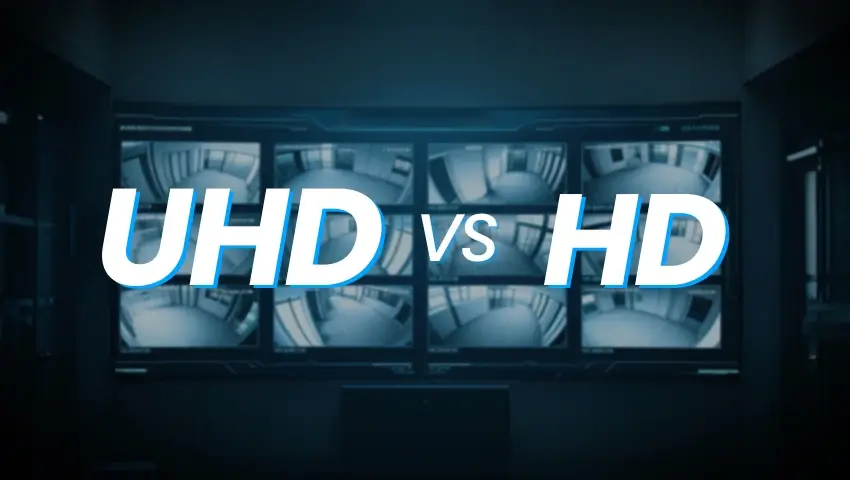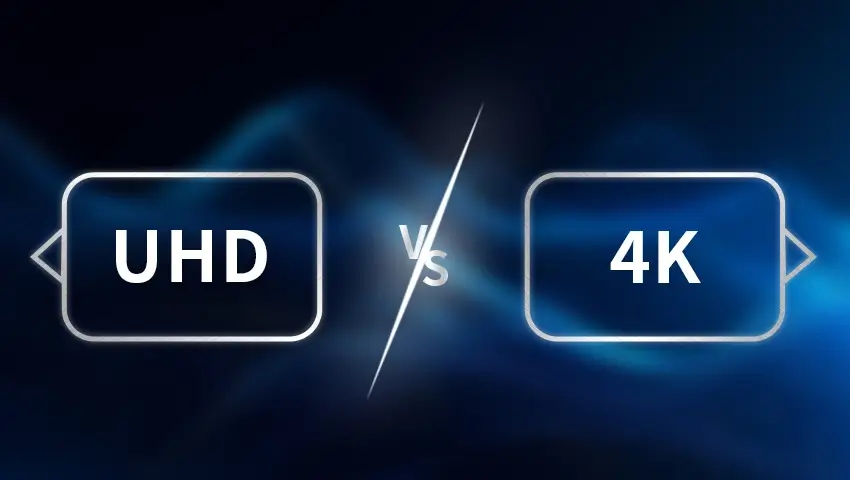When shopping for a new TV or monitor, you’ll likely encounter two major display technologies: UHD (Ultra High Definition) and OLED (Organic LightEmitting Diode). While both offer stunning visuals, they differ significantly in how they achieve image quality. Let’s break down the key differences to help you decide which one suits your needs best.
Contents
What is UHD?
UHD, or Ultra High Definition, refers to a resolution standard—specifically 3840 × 2160 pixels, also known as 4K. This is four times the pixel count of Full HD (1920 × 1080), delivering sharper, more detailed images.
Key Features of UHD:
- Higher pixel density for crisper visuals, especially on larger screens.
- Widely available in LCD, LED, and even some OLED displays.
- More affordable than OLED for the same screen size.
Best For:
- Gamers who prioritize high refresh rates (some UHD monitors reach 500Hz).
- Budgetconscious buyers who want 4K resolution without premium OLED pricing.
What is OLED?
OLED is a selfemissive display technology, meaning each pixel produces its own light. This allows for perfect blacks, infinite contrast, and superior color accuracy compared to traditional LCDbased UHD displays.
Key Features of OLED:
- Pixellevel dimming for true blacks and no backlight bleed.
- Wider viewing angles with no color distortion.
- Faster response times, making it ideal for fastpaced gaming and movies.
Best For:
- Home theater enthusiasts who want cinematic contrast and vibrant colors.
- Gamers who demand instantaneous pixel response (great for competitive gaming).
UHD vs OLED: Key Differences
| Category | UHD | OLED |
|---|---|---|
| Resolution | Both UHD and OLED can deliver 3840 × 2160 (4K) resolution | Some OLED models offer even higher resolutions (8K) |
| Contrast & Blacks | Limited contrast due to backlighting, blacks appear grayish | Infinite contrast with perfect blacks (pixels turn off completely) |
| Brightness | Generally brighter (better for well-lit rooms) | Lower peak brightness but better per-pixel control |
| Response Time | Slower response (can show motion blur/ghosting) | Near-instant response (ideal for fast action/gaming) |
| Viewing Angles | Color and contrast degrade at wider angles | Maintains image quality even at extreme angles |
| Burn-in Risk | No risk of permanent image retention | Possible burn-in with static images over time |
| Color Accuracy | Good color reproduction | Exceptional color accuracy and vibrancy |
| Energy Efficiency | More power-hungry (especially full-array local dimming models) | More energy efficient (black pixels use no power) |
| Screen Lifespan | Typically longer lifespan | Organic materials degrade over time (though modern panels last years) |
| Price | More affordable across all sizes | Premium pricing, especially for larger screens |
| Best Use Cases | Bright rooms, budget buyers, general TV use | Home theaters, gamers, videophiles willing to pay for premium quality |
Which One Should You Choose?
1. Pick UHD if:
- You want high resolution at a lower price.
- You need bright screens for welllit rooms.
- You’re concerned about longterm burnin risks (common in OLED).
2. Pick OLED if:
- You prioritize deep blacks and perfect contrast.
- You watch HDR movies or play fastpaced games.
- You’re willing to pay a premium for the best image quality.
Final Thoughts
Both UHD and OLED have their strengths—UHD excels in brightness and affordability, while OLED dominates in contrast and response times. If you’re a movie buff or competitive gamer, OLED is the clear winner. But if you want 4K on a budget, UHD is still a fantastic choice.


